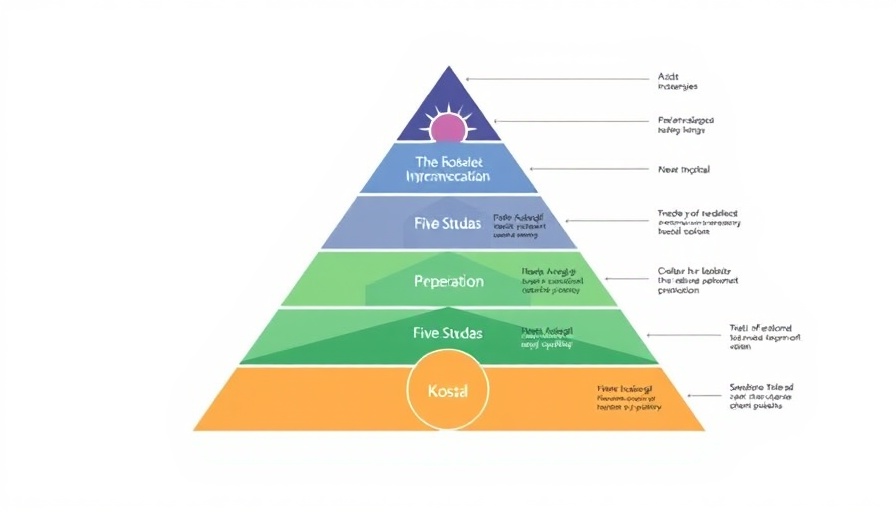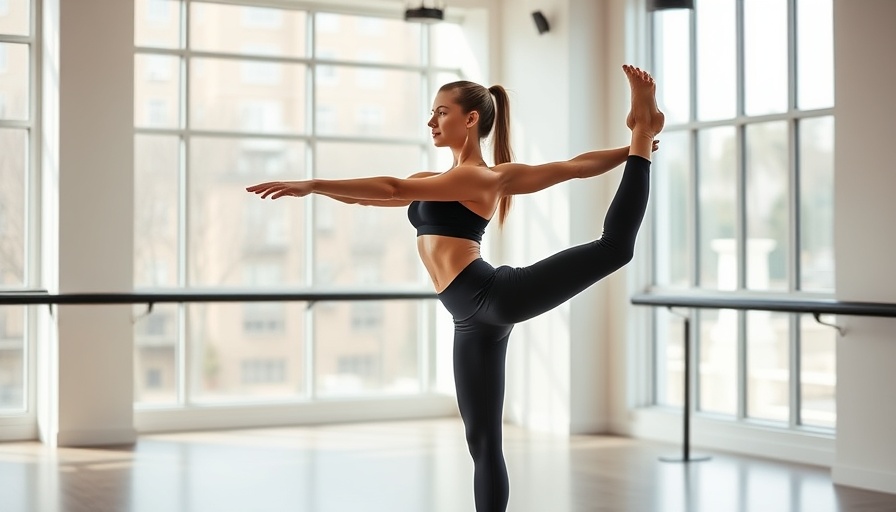
Understanding the Koshas: Your Pathway to Inner Peace
The journey of self-exploration through yoga is not just about movement; it’s about connecting to deeper layers of consciousness. Central to yogic philosophy are the koshas, or sheaths, which describe the multifaceted essence of our being. Think of these layers as an intricate onion, where peeling back each layer reveals profound insights into our physical, emotional, and spiritual selves.
What Are the Five Koshas?
In yoga, the human experience comprises five interrelated layers that encompass our physical and subtle energies. Each layer, known as a kosha, serves as a stepping stone towards achieving a state of bliss. Here’s a brief overview of each:
- Annamaya Kosha (Physical Layer): This is the outermost layer, representing the physical body, supported by food, hydration, and physical care.
- Pranamaya Kosha (Energy Layer): The layer of vital energy that flows through the body, it’s sustained by our breath and energy practices.
- Manomaya Kosha (Mental Layer): This layer embodies our mind and emotions, shaping our thoughts and reactions to the world.
- Vijnanamaya Kosha (Wisdom Layer): It’s here that intuition and insight reside, guiding us with discernment and clarity.
- Anandamaya Kosha (Bliss Layer): The deepest layer signifies pure consciousness and bliss, connecting us to a state of oneness.
By understanding these layers, practitioners can engage in deeper levels of meditation, enhancing their self-awareness and emotional clarity.
The Path of Meditation Through Each Kosha
Effective meditation practices guide you through the koshas systematically, helping bring awareness to each layer as you journey inward. This sort of inward focus isn’t aggressive or forced; rather, it’s a gentle invitation to explore.
Annamaya Kosha: Cultivating Awareness of the Physical Body
Begin your meditation by tuning into the sensations within your physical body. Pay close attention to areas of tension and relaxation. Engage in practices such as a body scan or restorative yoga poses to root your awareness in this layer. By calming the physical self, you create a stable foundation for further exploration.
Pranamaya Kosha: Focusing on Breath and Vital Energy
Shift your awareness toward your breath as you meditate. Notice how each inhale and exhale flows through your body. Techniques like alternate nostril breathing (Nadi Shodhana) can help balance your energy. This purposeful breath not only calms the nervous system but also prepares your mind for deeper exploration.
Manomaya Kosha: Observing Thoughts and Emotions
This layer invites you to gently observe your thoughts and emotions without labeling them as good or bad. Acknowledge whatever comes up and give it a name: “fear,” “joy,” or “anxiety.” Embracing your emotional landscape allows for processing and thus encourages healing.
The Importance of the Koshas in Our Lives
Understanding the koshas is not just a theoretical exercise—it’s a practical pathway to achieving tranquility. Whether you are a busy new mom seeking balance or a retiree looking for mental clarity, these layers offer tools tailored to fit your unique health needs.
Embracing the Journey to Bliss
Finally, reaching the Anandamaya Kosha is a transformative experience. By navigating through the layers, you unveil a connection to bliss that is already inherent within you. Each level of meditation guides you to rediscover joy, peace, and unity with existence.
Diving into the koshas can lead to a profound understanding of oneself and foster a deeper connection to the peace that resides internally. Meditation nourishes our spirit and cultivates grounding and balance—powerful tools for navigating life’s challenges.
 Add Row
Add Row  Add
Add 




Write A Comment